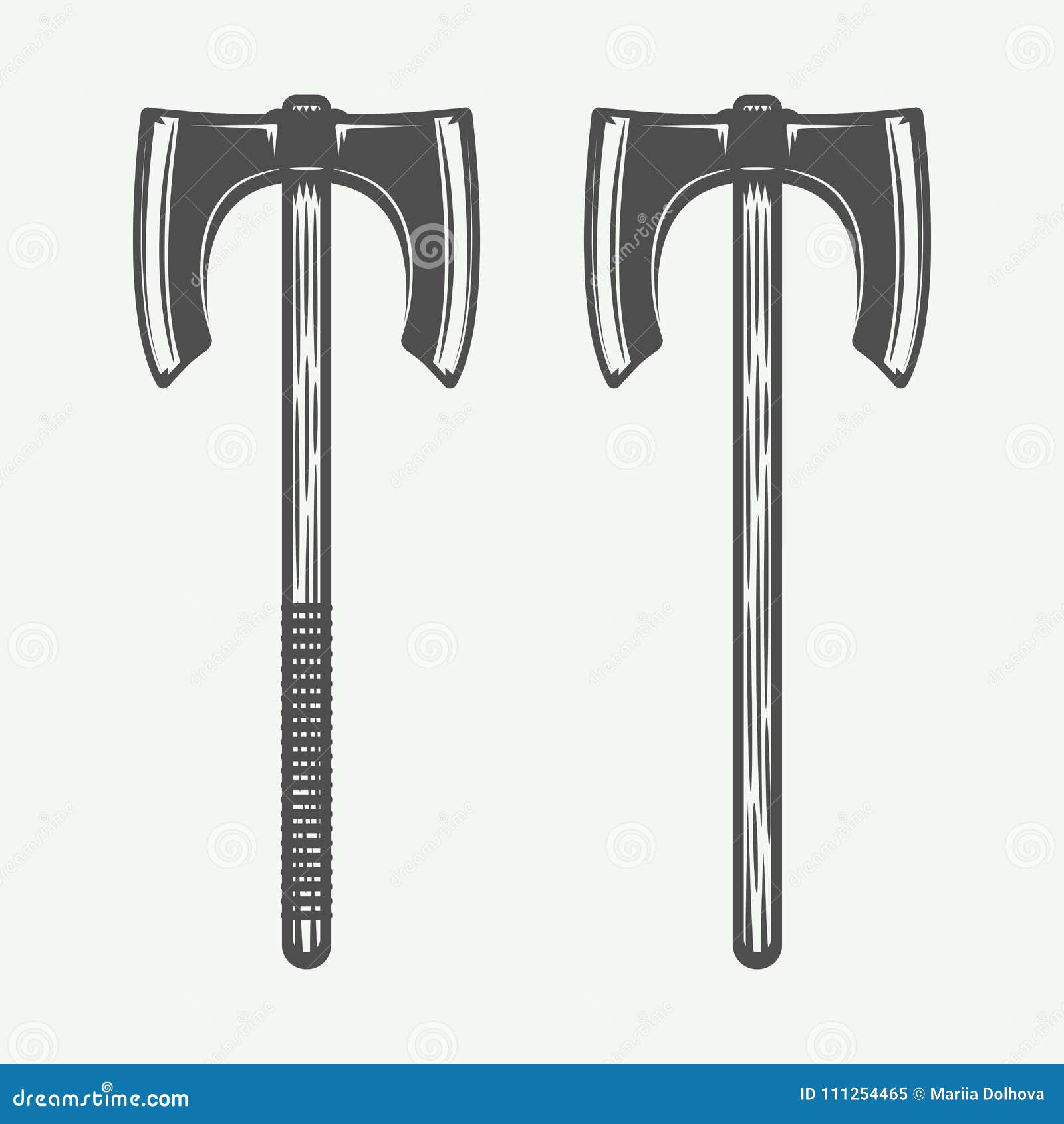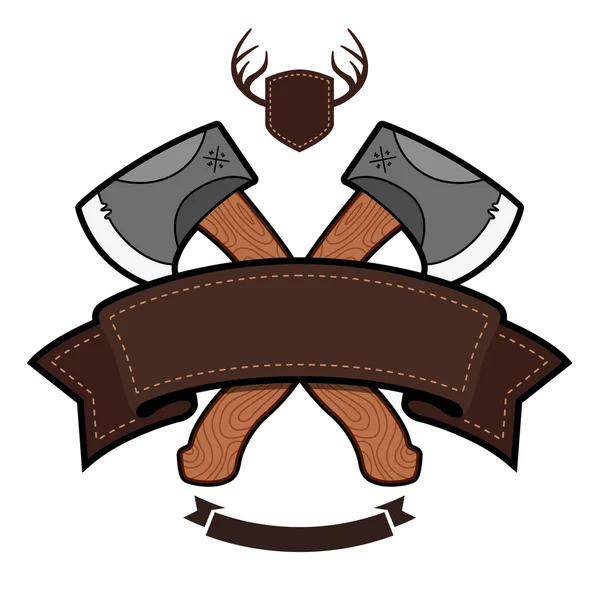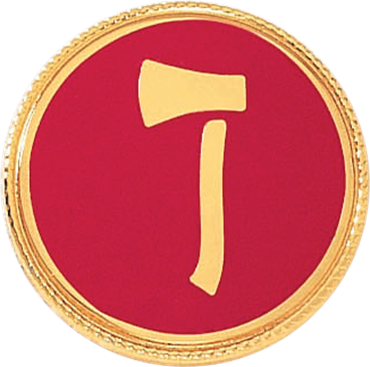

The outline of a double axe was found at Knossos on a clay sealing which Sir Arthur Evans assigns to the Middle Minoan I period. These are evidently symbolic ornaments and sometimes votive ‘ offerings.
#Double sided axe emblems red full
The stone axes of the period immediately preceding the Bronze Age are never double.īesides the full sized axes made for use, there have been found in Crete of the Bronze Age, miniature axes of gold, bronze, ivory and clay. The double axe of Crete made its appearance after the beginning of the Bronze Age. They appear to have been intended for use either as weapons or for hewing wood. Gournia, Boyd.Īn example of one or the other of these two classes-migration or convergence-is furnished by the double axe of ancient Europe and the so-called bannerstone of ancient America.ĭouble axes made of bronze and found in Crete are shown in the collections in the University Museum. Part of the prestige metal votives deposited in the cave may also be the result of the competition of local elites or a social class with military associations, manifesting in ostentatious display and distinction.Fig. It is argued that metalsmiths were definitely among the social agents participating in the deposition, possibly because of an obligation to return to the earth a portion of the objects produced from the raw materials generated by it. It is also suggested that the symbolic reception of the double axe may be decoded through examining its performative capacities and considering the possibility of its final use in display and deposition rites taking place in the cave.

A discussion of the technicalities involved in the making of its fifteen signs and new evidence stemming from the recent restoration of the axe helps to review its inscription. As such, she plays an important part in the Minoan “renewal” rites that are very similar to those of Isis-Osiris and form the basis for the Eleusinian mysteries.Ībstract This paper aims to deduce episodes of the cultural biography of the inscribed bronze double axe from the sacred cave at Arkalochori in central Crete by focusing on its materiality and by examining the context of both its production and the reception of its undeciphered inscription.

I suspect that she is the original Minoan Demeter whom the Greeks associated later with Egyptian Isis. I explore the astral origin of the “double axe” symbol and speculate how it became such an important attribute to a chthonic Minoan goddess, perhaps called Ashera, whose aspects of the Hathor and Isis cults in the Cretan palatial periods are reflected in the merging of their sacred attributes with the Minoan double-axe. Although Evans first presumes that it symbolizes Cretan Zeus and his bull cult, he eventually gives it to his Great Goddess because she is depicted consistently either in close association with it, or actually holding it. The origin of the Minoan double-axe symbol could be a combination of the very similar Proto-Elamite motif, as Hood argues, and the Egyptian X – the five stars with Sothis at the center, which mark the year’s wend in both the civic and Sothic calendars in Egypt.


 0 kommentar(er)
0 kommentar(er)
